For this model, the famous artist with rich creative inspirations has chosen to symbolize the shape of these old so-called "nasturtium" clocks surmounted by a hemispherical gong adjoined by small hammers, and above which is a gripping ring.
The object is in very good condition, the movement is battery operated and works very well; ready to be hung in the place of your choice in your interior for a beautiful vintage touch with this work of the famous designer of everyday objects with a cheerful and very decorative character.
Height with bail: 34 cm / Ceramic height: 29.5 cm Max. 21 cm / Weight: 980 g
If you have any questions do not hesitate, we are at your disposal. __________________________________________________________________
I ship all over the world, please ask me for the shipping cost.
__________________________________________________________________
Biography of the artist :
Marie-Thérèse Espelt (1923-2020), known as Mithé Espelt, was a French ceramist from Lunel, near Montpellier.
Born in 1923 into a family of winegrowers from Lunel, Mithé Espelt remained attached to her Camargue region all her life.
Cradled in the artistic environment of her grandfather, Edmond Baissat, a friend of Frédéric Mistral and the painter and decorator Jean Hugo (great-grandson of Victor Hugo), the young child learned to draw at an early age.
Aged just 16, she studied sculpture and drawing at the Beaux-Arts de Montpellier in 1939. There she met Valentine Schlegel from Sète. In 1943, she was selected to enter the Ecole de Formation Artistique de Fontcarrade, a centre of excellence for the art of ceramics. She was taught by Emilie Decanis, and retained her teacher's committed passion for traditional craftsmanship.
Mithé Espelt began her career in Paris at Nathalie Pol's 'Atelier Lydia Chartier', creating ceramic buttons for Haute Couture and Line Vautrin, among others. Skilled, she quickly managed the workshop's production and mastered the subtleties of the golden colour.
However, with her attachment to her native region, at the end of 1946, aged just 23, she decided to return to Lunel and set up her ceramics studio in an outbuilding of the Hôtel de Bernis inherited from her grandfather.
Under the sun and in the natural surroundings of the Camargue, Mithé Espelt transformed clay into gold. She met and married the lawyer Maurice Figère, who decided to give up his profession to help her in her work.
This choice of a life as an artist enabled the couple to travel and discover other cultures, which would become sources of inspiration for the studio's new models. Distributed in Souleiado boutiques, the ceramic creations have been a great success.
These are feminine accessories: mirrors, jewellery boxes, necklaces, buttons or useful objects such as key rings or thermometers.
These objects, described by Antoine Candau as "the discreet luxury of everyday life", reveal the joyful soul of the ceramist.
With more than five hundred ceramic models, Mithé Espelt's work resonates with a colourful poetry sparkling with joy; a poetry full of flowers and sung by birds! From blue to pastel pink, via greens, the artist's universe borrows sometimes from tropical gardens, sometimes even higher, from the sun's stars. Mithé didn't sign her works, she wanted them to be accessible to all budgets. For this reason, her mirrors have long been wrongly attributed to François Lembo; however, their style is different.
As for Mithé, she covered the back of her pieces with felt, usually green. Her refined mirrors show great technical mastery, playing on crackled gold and enamels sometimes encrusted with coloured crystals. Up to nine operations and usually four firings are required to achieve the colour effects.
The artist practised until 2000, when she gave way to new fairy hands, those of her daughter Marion de Crécy, who continues to produce high-quality artistic ceramics in her studio.
Text by Christine Lavenu
Sources: Antoine Candau - Mithé Espelt - Editions Odysée, 2020.
Article in the newspaper Midi Libre - 2020 /11/30
Website of the artist Mithé Espelt.



















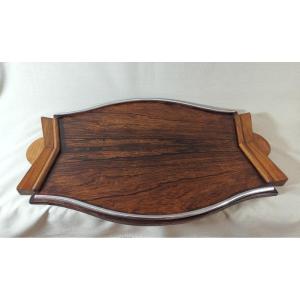
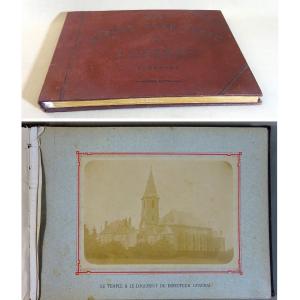

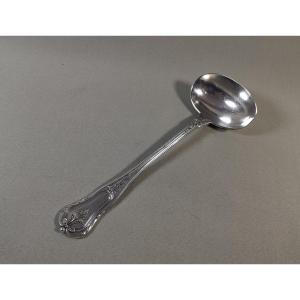




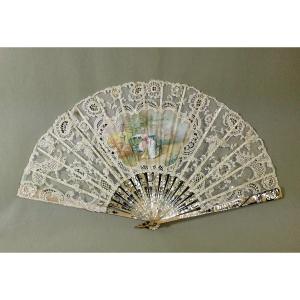


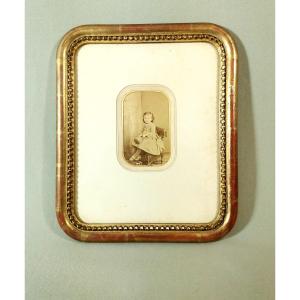
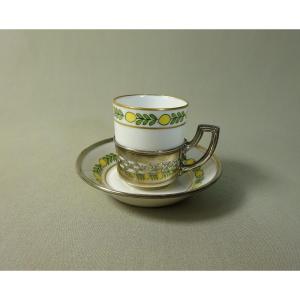
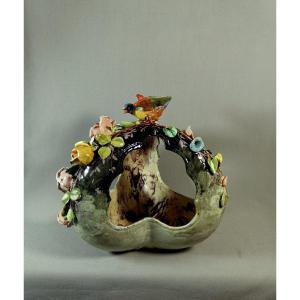









 Le Magazine de PROANTIC
Le Magazine de PROANTIC TRÉSORS Magazine
TRÉSORS Magazine Rivista Artiquariato
Rivista Artiquariato